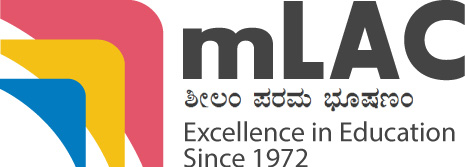Women are playing an increasingly important role in shaping the world around us. From boardrooms to government chambers, their voices are being heard on a wider scale than ever before. However, despite significant progress, achieving true gender equality in leadership and political participation remains a challenge.
A Long Journey, Marked by Pioneering Women
The fight for women's leadership has a long and rich history. From suffragists demanding the right to vote to trailblazing leaders shattering glass ceilings, women have consistently defied societal norms and paved the way for future generations.
The Current Landscape: Gains, but Still a Gap
While there have been undeniable strides in recent decades, women are still underrepresented in top leadership positions globally. Though they hold prominent roles in various sectors like business and academia, they remain vastly outnumbered in executive suites and legislative bodies.
In India, women hold only 18.5% of ministerial positions, ranking 88th globally This falls short of the Asian average (11%) and far behind the leader, Indonesia (25.6%)
Globally, the number of women in leadership positions has stagnated since 2015
These statistics highlight the need for continued advocacy and action to achieve gender parity in leadership and political participation.
Political Participation: A Pillar of Democracy
A vibrant democracy thrives on active participation from all citizens, regardless of gender. Yet, women often face unique hurdles in accessing and influencing political processes. Cultural biases and structural barriers can impede their journey at every stage, from voter registration to running for office.
In India, women's voter turnout (65.63%) is slightly lower than men's (67.09%). However, the country ranks 20th from the bottom in terms of women's representation in Parliament.
Closing the gender gap in political participation is essential to ensure inclusive governance and diverse perspectives are represented.
Diversity in Leadership: A Catalyst for Progress
Including women in leadership isn't just about fairness; it's smart business and good governance. Research consistently shows that diverse teams outperform homogeneous ones, benefiting from a wider range of experiences and viewpoints.
Breaking Down Barriers: Challenges Remain
Despite the progress, women in leadership and political participation still face significant challenges. Gender bias, discrimination, and limited access to resources and opportunities continue to be roadblocks.
*According to 2021 census Literacy rates in India reveal a gender gap. Among adults, only 25.6% are illiterate, but that number jumps to 65.46% for women, compared to 82.14% for men
These differences underline the need for multiple methods to removing systemic barriers and establishing a fair playing field.
Role of educational Institution and Colleges:
Educational institutions and colleges play a significant role in shaping the future of women's political participation. Schools and colleges bridge the gap for women in politics by providing education, challenging stereotypes with role models, and fostering political awareness.
Looking Forward: A More Equitable Future
The journey towards gender equality in leadership and political participation is far from over. But by celebrating diversity, challenging stereotypes, and creating opportunities for women to lead and participate politically, we can build a more equitable and inclusive world for all.
Sources:
[1] Un Women: Facts and figures: Women's leadership and political participation https://data.unwomen.org/ [2] Wikipedia: Women's political participation in India https://en.wikipedia.org/wiki/Women%27s_political_participation_in_India [3] Wikipedia: Literacy in India https://en.wikipedia.org/wiki/Literacy_in_India



